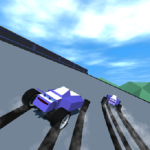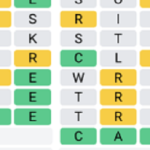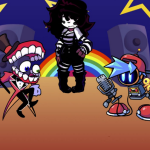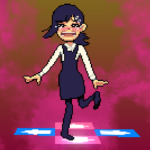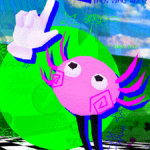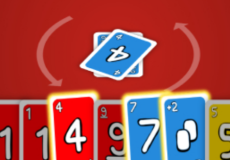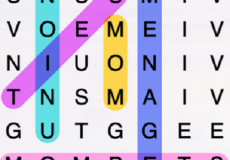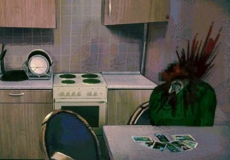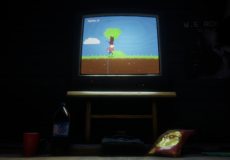
Sickly Sky
Advertisement
Sickly Sky places the player in the role of someone recently diagnosed with a virus called Hallucomosis—an illness reported to cause vivid nighttime hallucinations. As the night begins, strange visuals and sounds start to appear, blurring the line between imagined symptoms and something more threatening. The character’s surroundings shift in subtle ways, making it difficult to trust what is seen or heard, especially as the environment starts to distort in unpredictable patterns.
Advertisement
Similiar games
Sickly Sky places the player in the role of someone recently diagnosed with a virus called Hallucomosis—an illness reported to cause vivid nighttime hallucinations. As the night begins, strange visuals and sounds start to appear, blurring the line between imagined symptoms and something more threatening. The character’s surroundings shift in subtle ways, making it difficult to trust what is seen or heard, especially as the environment starts to distort in unpredictable patterns.
Built Around Uncertainty and Fear
The game is styled after early PS1 horror titles, using low-resolution textures and fixed lighting to increase discomfort. There are no weapons or complex controls—just the player, the setting, and the gradual escalation of tension. Sounds become inconsistent, objects move without reason, and the player is left to decide whether to investigate or hide. The gameplay focuses on atmospheric pressure, encouraging the player to question what’s real and what might be a side effect of the in-game virus.
Short Experience With Intentional Design
Sickly Sky was developed in under 24 hours as a personal challenge and features a brief but focused horror sequence. Although short in length, it uses sound design, movement, and small-scale visual effects to maintain suspense. Players are encouraged to explore at their own pace, though staying still may lead to more unsettling events. The game’s simplicity is part of its structure, relying on limited tools to create a complete experience within a single setting.
Discuss Sickly Sky






